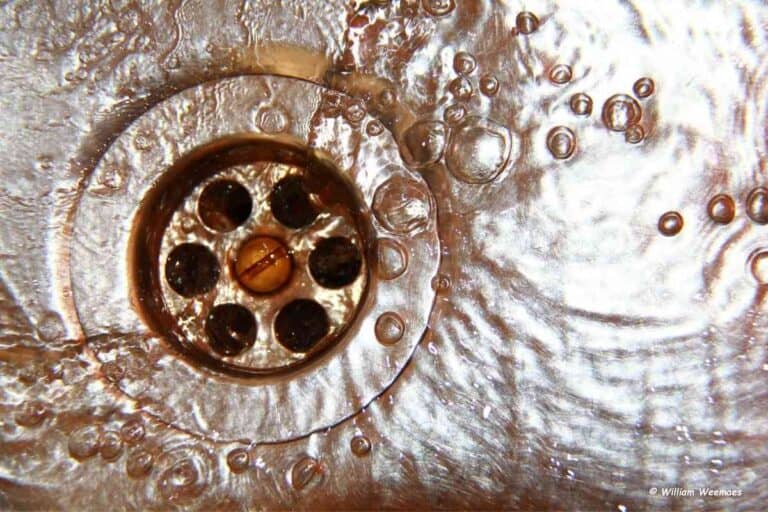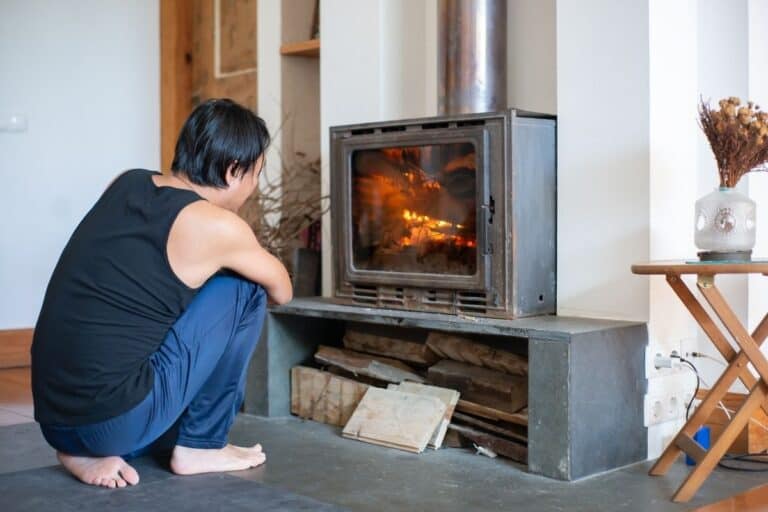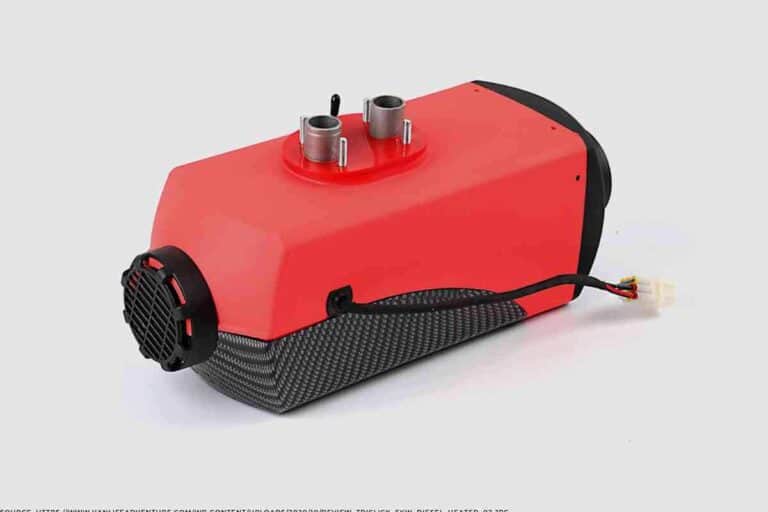Hackberry Firewood (Use It The Right Way!)
“Is hackberry good firewood?”—this question is pivotal for anyone seeking efficient, long-lasting warmth; our article peels back the layers of hackberry’s burning qualities. Get the definitive answer about hackberry and its place in your firewood stack here.
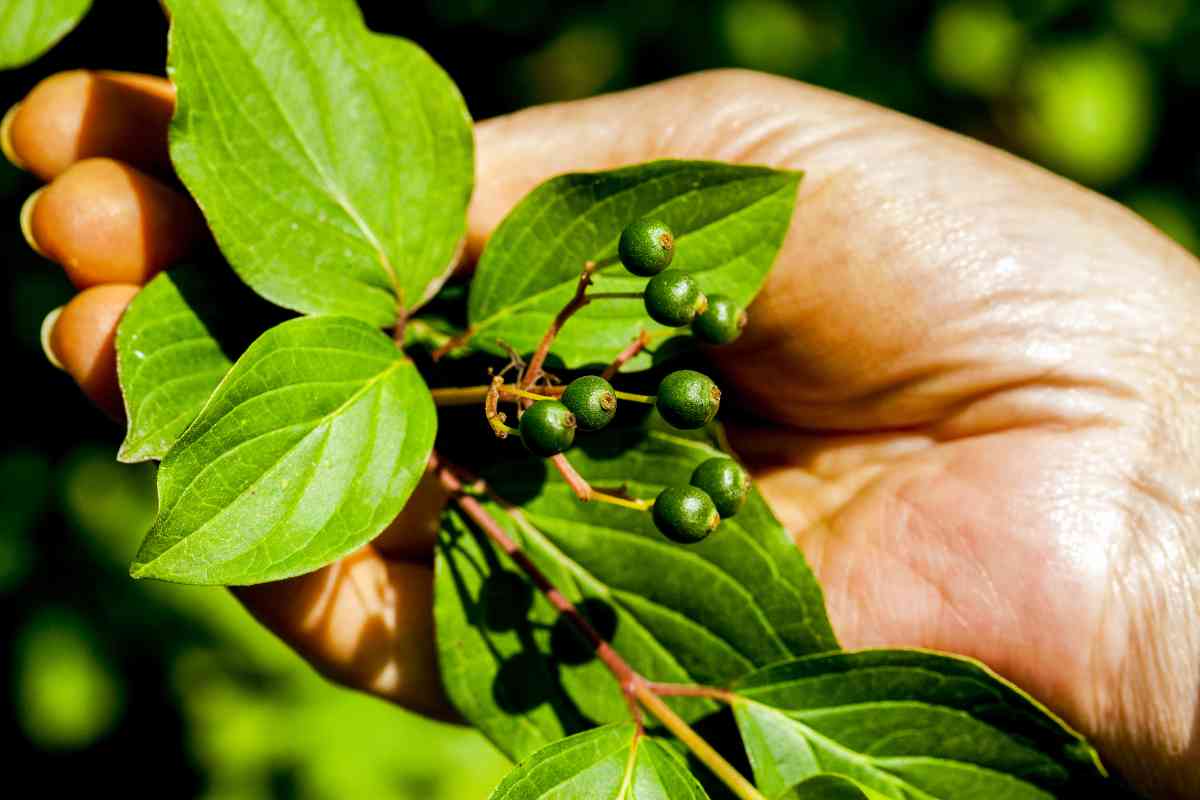
Is Hackberry good for firewood?
Yes, hackberry wood is a reliable and sustainable wood for firewood. The wood takes just around one year to season, does not have a lot of moisture, is not difficult to split, can burn for a long time, and is available. However, like many types of wood, avoid burning it when green.
When you are choosing the firewood to use, there are a number of things that you should consider. To start with, you should choose a wood that is safe to use. In connection with this, checking how dry the wood is is a matter of paramount importance.
Second, you need to evaluate how long the wood is seasoned. Lastly, check with your provider if the wood will be delivered and stacked.
Choosing the right firewood to use can be stressful if you’re not familiar with the options available.
Especially if you want to keep your home warm in the winter season or want good firewood for your wood stove or fireplace, you can be spoilt for choice.
However, just because wood is available does not mean that you will always get the quality that you seek.
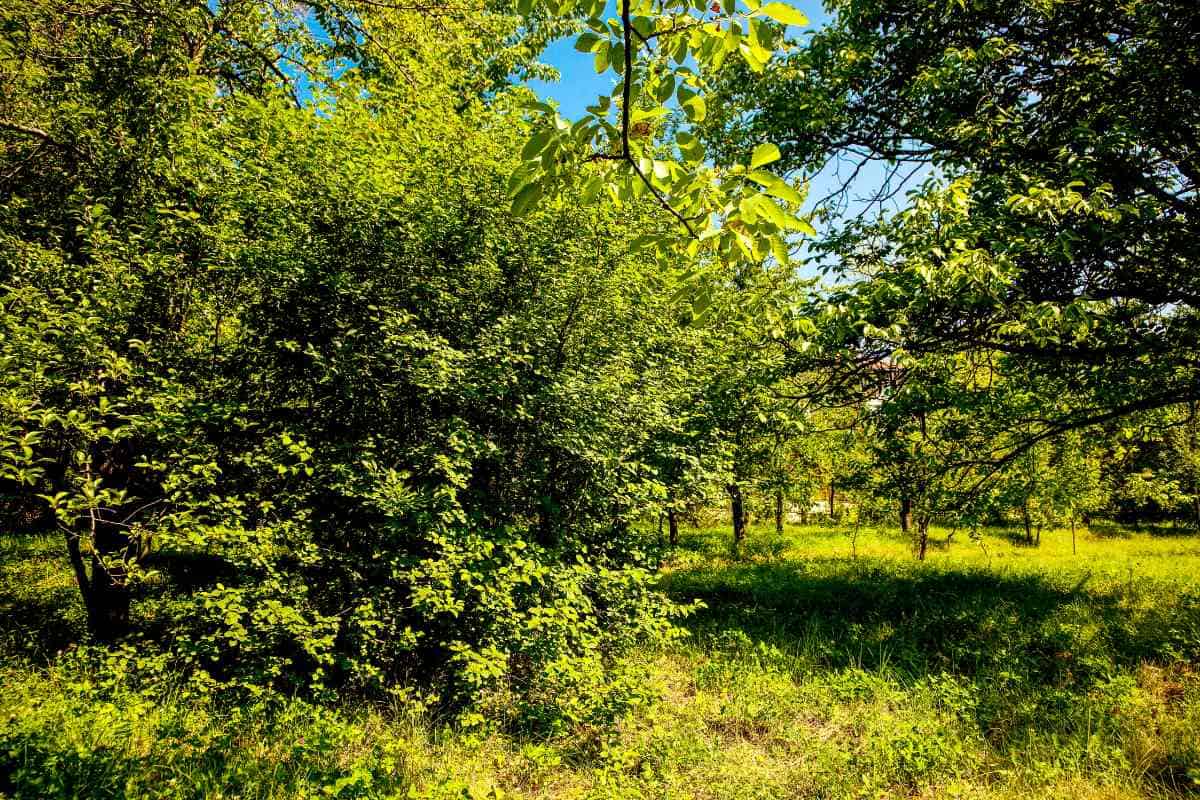
For instance, you could be wondering whether hackberry is good for firewood. Hackberry is one of the most dependable sources of wood in the market.
Its features and characteristics are a reliable source of firewood speak for themselves, and many consumers have confirmed this as much.
There is no shortage of where you can buy hackberry wood in the US. For example, you can visit a lumber yard near you and make an inquiry.
Some forest farmers keep stockpiles of hackberry wood, and you just need to contact them. However, it is critical that you look for the wood stock long before winter comes.
Why is hackberry good firewood?
Let’s break down what makes hackberry a good firewood – and when to use it.
Easy to chop
For the average wood stove or fireplace user who wants to do things by themselves, having easy-to-cut firewood is very helpful.
The hackberry tree is fairly soft and is easy to cut down with a chainsaw or a couple of fells of an axe. Once down, it makes an easy wood to chop up without needing an excessive amount of strength, repeated strikes, or repeated axe sharpening.
To contrast this easiness – there are some woods out there hard enough that investing in a wood splitter is a good idea. You could for hackberry, but you might not even need it.
Easy seasoning
Seasoning wood doesn’t quite mean coating it in salt and pepper. This refers to letting it get air-dried completely for a while.
The advantage provided by hackberry in particular is that doesn’t have that much moisture content, to begin with as a lighter, softer wood. Leaving it out for a few months after you cut in the summer or fall will work well in preparing hackberry to burn nicely.
Longer fires
While hackberry isn’t the ultimate wood for creating long, hot fires, it does a decent job because the wood forms coals.
Coals are lumps of hardened wood formed through fire that create sustainable heat, even after the rest of the wood is fully burned. The formation of coals also makes restarting a fire easier, when necessary.
Smell
Hackberry doesn’t have much of a smell when burning, which is a good thing compared to some other woods and fuels burned. If you don’t really want to notice the smell in your fire, hackberry is a good option.
Smoke
Hackberry doesn’t produce a lot of smoke, so burning it is not very intrusive. There are other woods that produce more smoke with a more distinctive smell. Hackberry is a good wood to burn with those woods to reduce the amount of smoke.
Fast fires
You’ll find that hackberry fires start easily. While it is considered a hardwood, it isn’t that hard compared to others like true maple, and as long it is dried and seasoned well, you’ll have no problem starting a fire with a match.
Moderate heat
One of the purposes of fire is to produce heat. Hackberry has a BTU rating of about 21.
That puts it a little higher than other softwoods, but keep in mind that other woods rank in the higher 20s and even lower 30s.
This is to say that if you are happy with a moderate amount of heat for cooking or heating your home, hackberry can be great. You might want more heat in some scenarios though.
Disadvantages to hackberry
Here are a few reasons to use something besides hackberry.
Not long burning
Even when seasoned properly, you shouldn’t expect a hackberry fire to burn overnight. The coals might be of help, but they will likely cool off.
While literally, any wood is a good replacement for a furnace or heater that isn’t working, you might put in some extra effort replacing hackberry as fuel to keep a cabin or firepit warm overnight.
Not hot
Hackberry isn’t bad for an emergency situation if you need heat. However, if you are looking to cook quickly heat up water or food and you have the opportunity to cut down or buy a harder wood that burns hotter, you should consider doing so.
Otherwise, if time isn’t an issue and hackberry is available, it can do the job.
Do I need a wood splitter for hackberry?
You won’t ‘need’ one, but why not use one if you have it?
A wood splitter generally makes it easier to chop wood and also encourages you to use some wood that you might think you’ll have a hard time cutting up. Try something harder and see if it makes a difference!
Where do I find hackberry?
To be fair, you might not have heard of hackberry. As a heartier tree, you’ll find hackberry more in the northeast and midwest.
You’ll be hard-pressed to find hackberry in the southern United States, unless available commercially.
Hackberry Trees In The U.S.
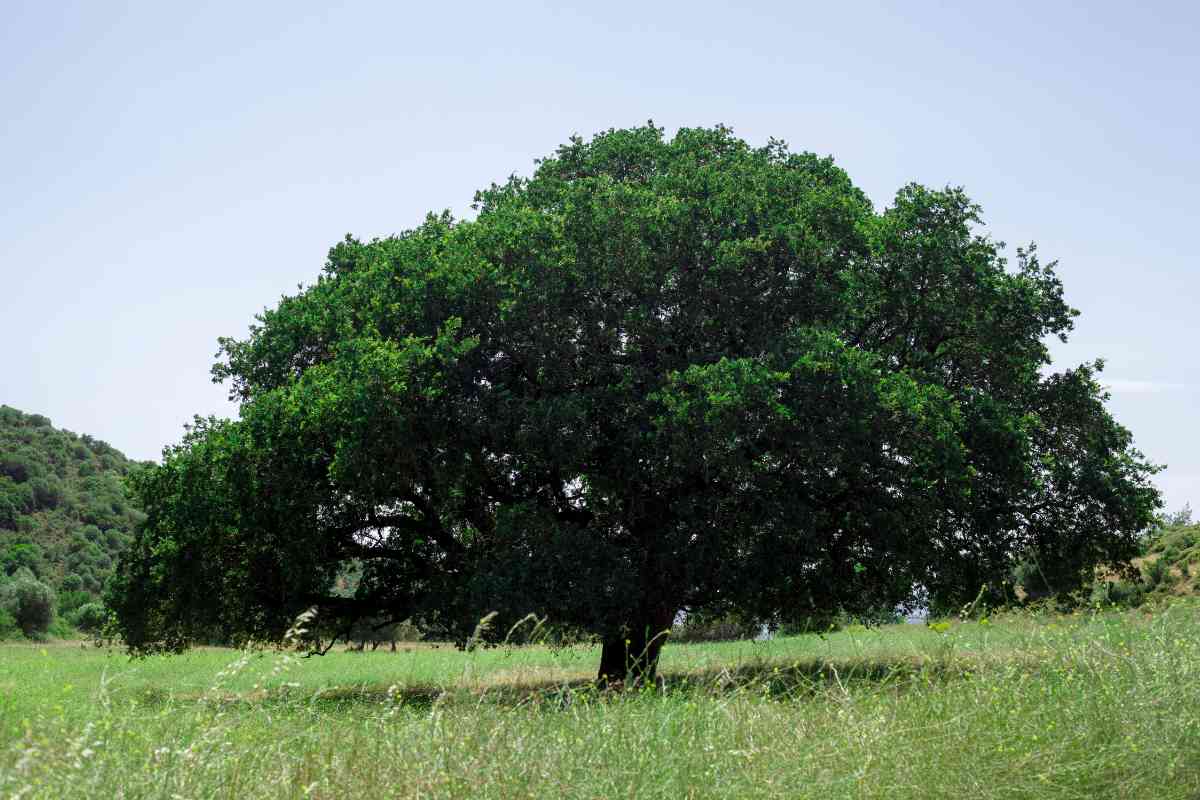
The hackberry wood tree is native to North America and is classified as a hardwood. It has become a very popular source of wood in recent years due to the various advantages that it carries.
According to research done by Gene Wiegert, the thickness and density of hackberry is similar to that of the elm tree.
Typically, there are 4 species of the hackberry tree, and the differences between each are not much. Before individuals started using hackberry as a source of firewood, people initially used it to produce barrel hoops and make furniture.
The tree features asymmetrical leaves and produces small fruits that change their color to purple during autumn.
Using Hackberry As Firewood
Even though hackberry is not among the best trees to use as firewood, it has properties or characteristics that a good firewood tree has.
For instance, the wood is easy to dry and season and produces heat efficiently. When hackberry burns, it produces less smoke and a sweet scent. Therefore, it is suitable for both indoor and outdoor fireplaces.
Typically, when measuring a wood’s dryness, a unit known as the British thermal unit (BTU) is used.
When the BTU is high, it indicates that the wood can maintain the heat for long without adding more firewood.
Hackberry has a high heat efficiency and output of about 21 BTU which is in the same range as white oak, which has 25 BTU. One of the reasons why hackberry dries easily is that it has less sap.
Additionally, it is relatively thick and can be easily split thereby making it an ideal source of wood.
On toxicity, toxic trees emit greases that may be poisonous and unpleasant to use as firewood.
But, when it comes to hackberry, they are non-toxic and emit environmentally friendly smoke. It is therefore a safe source of firewood to use and will not compromise your health.
Regarding sparks, hackberry burns, producing fewer sparks than other trees of its category, such as pine and mulberry.
The amount of sparkling is important because big fire sparks can cause fire outbreaks. Fire outbreaks can cause devastation on both the human life and property.
Best Hackberry Tree Species for Firewood
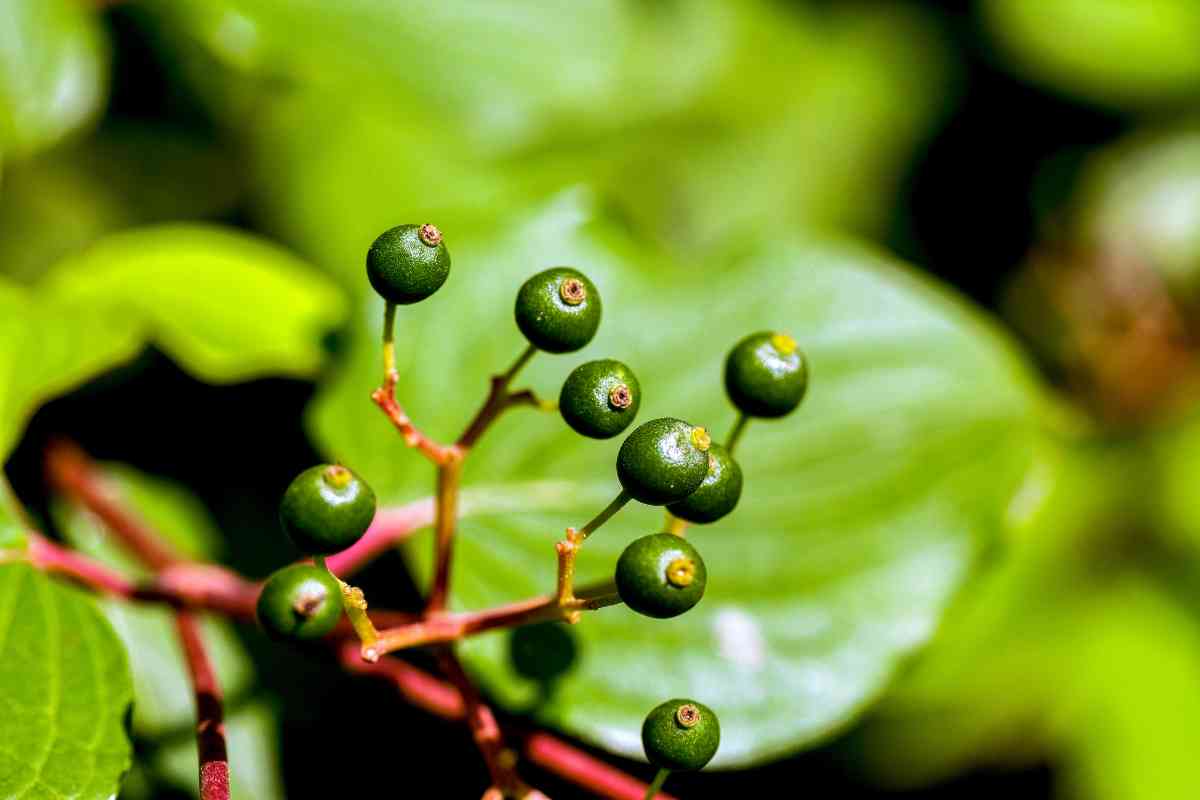
The Magnificat Hackberry Tree
This tree matures faster than the rest of the hackberry tree species.
It features small leaves, large fruits, and a relatively thick stem. When it comes to using it as firewood, it produces a lot of heat when it is properly seasoned.
It is commonly used for outdoor fires and grills as well as indoor fires. This makes it a versatile source of firewood.
Sentinel Prairie Tree
The prairie sentinel is a 50-foot tree that matures relatively fast and is drought-resistant. It is the best for firewood because it consists of a trunk that is non-branching.
The greatest advantage of the tree is that it tolerates both hot and cold seasons, and that’s why it is efficient as firewood. Additionally, it produces less smoke and a sweet scent when burned.
The Prairie Prad Tree
This tree grows and matures within a short period, is relatively thick, and splits when cut. Even though the trees can go up to about 30 feet, it is advisable to cut their own after 2 years.
If it matures more than 3 years, the bar can become very thick and tough to split.
The Green Cascade Tree
The green cascade is the best among the hackberry tree species since it produces dense firewood that burns slowly.
he green cascade has a high heat output and can act as a kindling material.
However, you should not use it in an outdoor fireplace because an open flame makes the wood burn quickly.
Places to use Hackberry Firewood
Typically, hackberry will produce heat efficiently in indoor woodstoves and fireplaces. If you are to achieve this, the firewood must be effectively seasoned before using them.
It is because unseasoned hackberry contains a high level of moisture which will release moisture in the chimney.
The vapor reacts with other gasses to create tar in the chimney and may lead to chimney blockage.
Hackberry firewood is also effective in outdoor fireplaces because it has a relatively high heat output compared to other trees. For the meat lover, it is a perfect wood to use while grilling because it’s sweet cherry scent gives a flavor to the meat.

Seasoning of the Hackberry Wood
Since hackberry has an equal sap content distribution, it will take a year to be properly seasoned.
Since the main goal of firewood is to ensure that it performs effectively while burning, the firewood should be properly seasoned.
Additionally, if you cannot wait for a year, it will take at least 3 months to start using the wood.
However, it will be applicable outdoors since it will produce a little smoke since the sap content is still present.
How Long Does Hackberry Firewood Need to Season?
Wood will always burn well if it’s adequately seasoned. I know the experience of burning firewood that’s not completely dry.
It’s definitely not a pleasant one! So, it’s imperative to ensure that your hackberry firewood dries completely before using it to enjoy its service. One of the positive attributes of hackberry is that it doesn’t have a lot of moisture content. This allows it to dry faster than other trees.
It takes around 12 months for hackberry firewood to season sufficiently. Unlike other hardwoods that take up to a minimum of 2 years to season, hackberry will give you excellent results in about 1 year.
Within no time you’ll be using your hackberry firewood in winter for warming your home and also as fuel for your cooking.
Just make sure you take the wood through the seasoning process correctly. After splitting the wood, stack the pieces in a way that allows sufficient airflow and sunlight to penetrate through.
This will allow you to get quality outcomes from the seasoning process.
Is Hackberry A Hardwood Or Softwood?
Hackberry is a hardwood, just like water oak is. There are particular characteristics that are evidence of it being a hardwood as opposed to a softwood.
One of the attributes of hackberry is that it has a higher density compared to softwoods such as spruce. It is thicker and heavier. This quality makes it superior to softwoods.
Another characteristic of hackberry as a hardwood is that it has a higher capacity to be fire resistant. All hardwoods burn slower than softwoods. Unlike a softwood that burns quickly, hackberry burns slower and for a longer time.
It is this quality that makes it among the best trees for firewood. If you ask people who use firewood regularly, they’ll tell you that hardwoods produce the best outcomes.
If you go to buy hackberry, you’ll notice that it’s costlier than the likes of spruce and pine. Certainly, it is because it’s hardwood.
Is Hackberry Wood Good For Anything?
Definitely, hackberry wood is good. Given that it’s a hardwood, you expect it to be a valuable resource because of the qualities attributed to these types of wood.
Particularly, it is good for firewood if you love to grow it. It burns longer, which is a good thing for people who use firewood often.
During winter, you want to use firewood that will keep you burning for a longer time. Hackberry does a significantly good job in that regard. Also, it produces adequate heat. If you want firewood that will produce adequate heat for a long time, you can consider hackberry.
A combination of long burn time and adequate heat production makes hackberry wood a good choice for firewood.
Will Hackberry Burn Green?
Yes, hackberry can burn when green. However, it’s advisable to burn it when it’s completely dry.
Just like it is for any wood, whether it’s softwood or hardwood, the best results will always come when you burn it after seasoning it properly.
Normally, green wood contains moisture that affects its burning quality. Smoke from firewood is often an outcome of burning it before drying sufficiently.
So, while it’s possible for hackberry to burn when still green, it won’t give you high quality service. Just make sure you season it adequately and you’ll appreciate its service.
Related Reading
- Can I Burn Railroad Ties? Why Not?
- Is Pin Oak Good For Firewood?
- How Long Does It Take To Season Oak Before You Can Burn It?
- The Ultimate Guide to Firewood: Types, Preparation, and Storage
- Using Hackberry For Firewood (The Right Way!)
- Drying Firewood? Read Our Ultimate Guide And Save Time!
- Tips For Using Poplar Wood For Firewood
- Is Chinese Elm Good Firewood?
- Using Pine For Firewood
- Is Water Oak Good for Firewood?
- Is Cedar Wood Good For Firewood? (Avoid This Mistake!)
- How Much Land Do I Need to Grow Firewood?
- Is Orange Tree Wood Good Firewood?
- Using Sycamore As Firewood? Consider This First!
- Is Silver Maple Good For Firewood? Answered!
- Why Is My Firewood Burning Blue And Green? Should I Worry?
Key Takeaways
- Hackberry is, certainly, good for firewood. As a hardwood, you expect it to do the job well. It burns longer and produces adequate heat.
- It takes an average of 12 months for hackberry to season well and be ready for use.
- If you follow the correct procedures for seasoning, you’ll get the best out of it.
- Though you can burn it when it’s still green, it is advisable to wait until it dries sufficiently to burn it as firewood.


